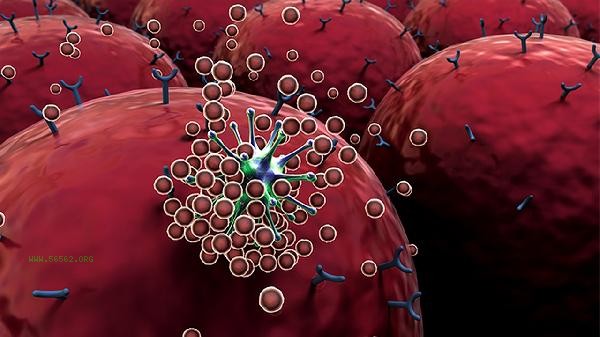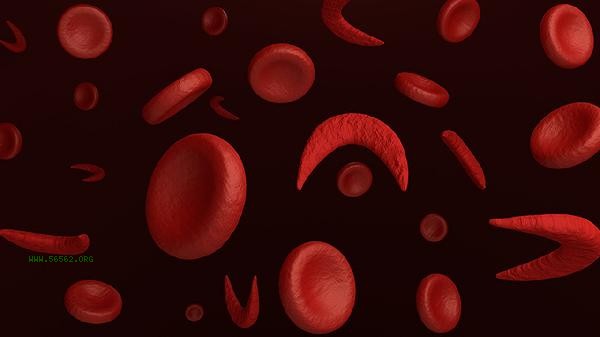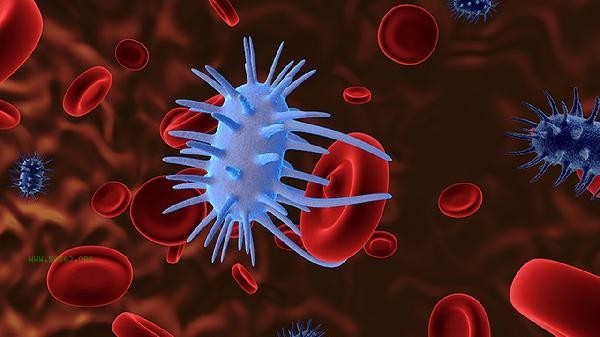The decrease in average red blood cell volume can be restored by adjusting diet, supplementing nutrients, treating primary diseases, improving lifestyle habits, and regular check ups. The decrease in average red blood cell volume may be related to factors such as iron deficiency anemia, thalassemia, chronic disease anemia, vitamin B12 deficiency, folate deficiency, etc.

1. Adjusting diet
Increasing intake of iron rich foods can help improve the decrease in average red blood cell volume. Animal liver, red meat, spinach and other foods have high iron content, which can help supplement hematopoietic raw materials. At the same time, the intake of beverages such as strong tea and coffee that affect iron absorption should be reduced to avoid exacerbating anemia symptoms.
2. Supplementing Nutrients
Supplementing with iron, vitamin B12, folate, and other nutrients under the guidance of a doctor can correct the decrease in average red blood cell volume. Iron supplements such as ferrous sulfate tablets and ferrous gluconate oral solution are suitable for iron deficiency anemia, vitamin B12 injection is suitable for pernicious anemia, and folic acid tablets are suitable for megaloblastic anemia.
3. Treatment of primary diseases
Chronic kidney disease, inflammatory diseases, etc. may lead to a decrease in average red blood cell volume. Controlling the primary condition can help improve anemia status. Chronic anemia patients need treatment for underlying diseases, while Mediterranean anemia patients may require blood transfusions or iron removal therapy.

4. Improving lifestyle habits
Regular sleep and moderate exercise can help promote the recovery of hematopoietic function. Ensuring sufficient sleep can improve the body's metabolic status, and moderate aerobic exercise can enhance cardiovascular function, but it is important to avoid overexertion that can worsen symptoms. Quitting smoking and limiting alcohol consumption can also help improve symptoms of anemia.
5. Regular follow-up
Regular testing of blood routine indicators can monitor the recovery effect. It is recommended to have a blood routine check every 1-3 months to observe the trend of changes in the average volume of red blood cells. If the indicators remain abnormal or symptoms such as dizziness and fatigue worsen, timely medical attention should be sought to adjust the treatment plan. During the recovery period of decreased average red blood cell volume, attention should be paid to maintaining a balanced diet, increasing the intake of high-quality protein and fresh vegetables and fruits appropriately. Avoid strenuous exercise and heavy physical labor to prevent fainting or accidental injury caused by anemia. Maintain a positive attitude and follow medical advice for standardized treatment. In most cases, the average volume of red blood cells can gradually return to normal levels. If the symptoms persist or worsen, seek medical attention promptly to check for the presence of other blood system diseases.









Comments (0)
Leave a Comment
No comments yet
Be the first to share your thoughts!